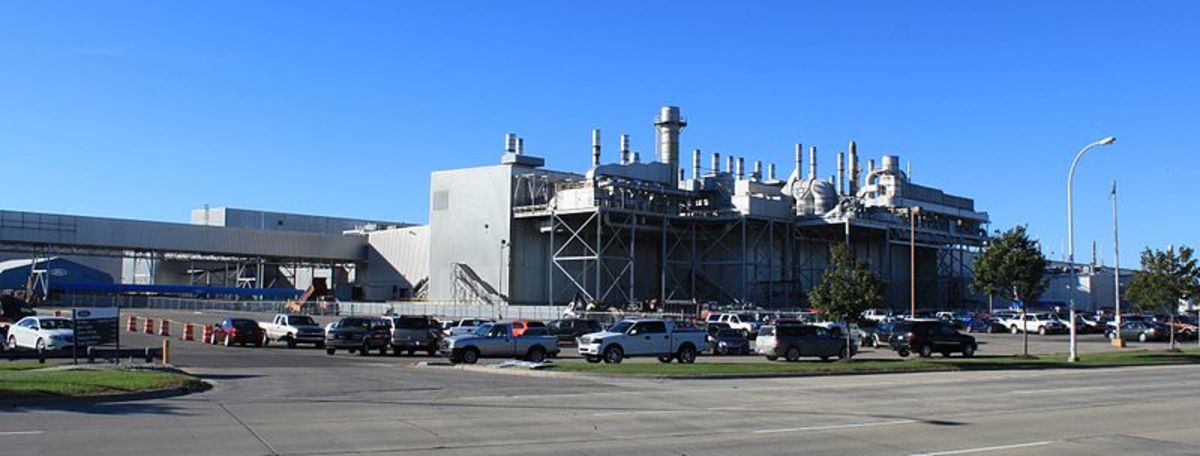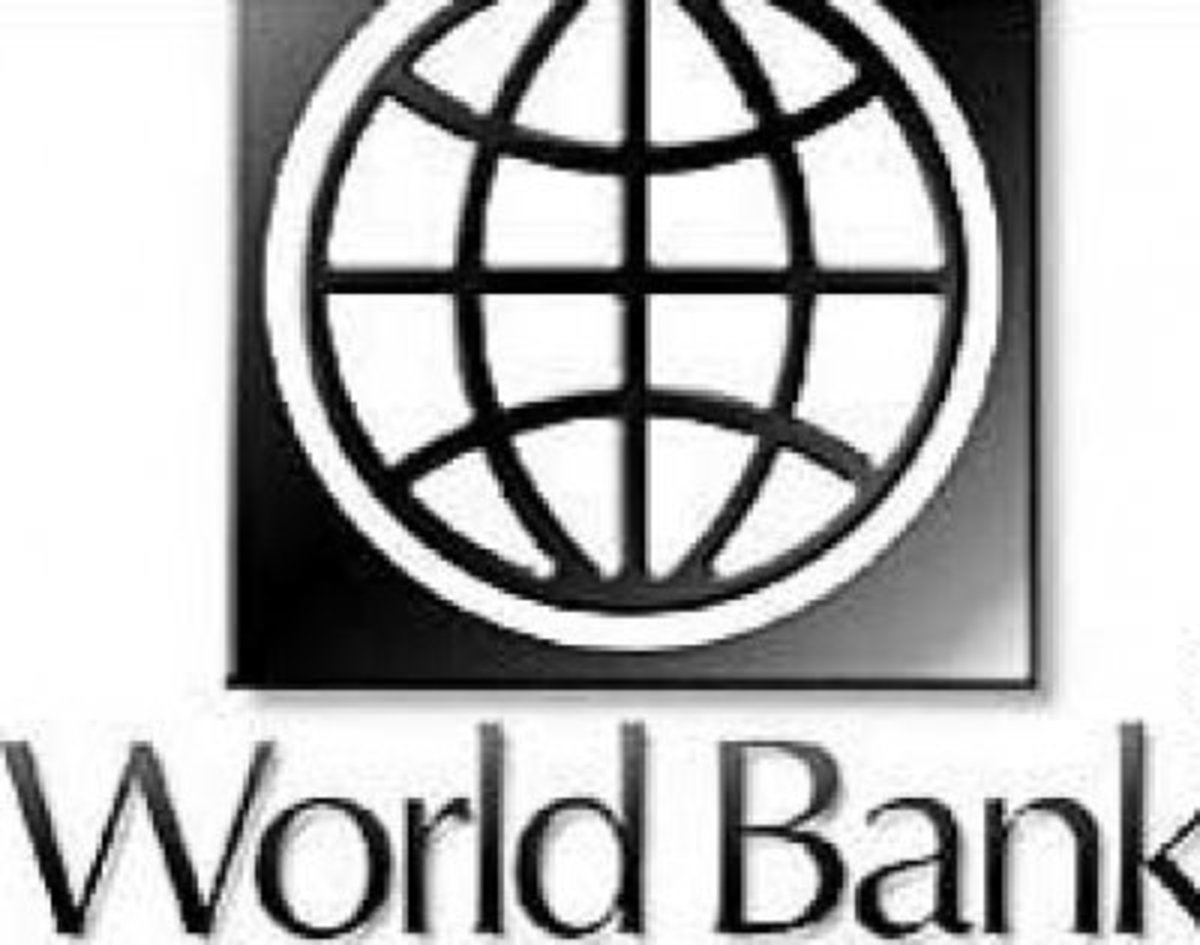Organizational Technology
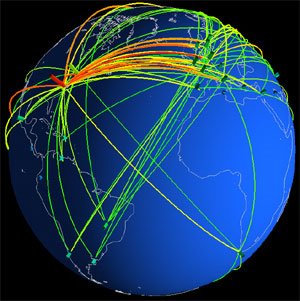
Companies, global, or otherwise use technology to affect ethical standards and guidelines that influence human resources and form company culture. Companies are diverse in application and follow through of ethical standards and guidelines. A companies tone may be one of apprehension and control. This is a fear-based preemptive response to the unknown variable, the employee. Technology in this instance can assist management in various types of controlling behavior to help with ensuring ethical guidelines and standards are followed. Other model’s of company ethical and guideline tone may be represented in a more flexible or trusting manner. In dealing with human behavior there can be a vast difference in comparison of one company culture to the next. “Policies established by top management are a first step toward showing employees that computer-related risks are an important corporate concern” (Regan & O’Connor, 2002). It is important for the public view of a company to reflect one of honesty and ethical behavior. In essence, consumers will not support an unethical company. It makes no difference if the unethical behavior comes through employee relations or management deficiencies. A company that maintains ethical standards and guidelines provides employees with expectations, consequences, and incentives for ethical consistent behavior.


Managing Ethical Standards and Guidelines
“Policies can foster an attitude of care and concern by making employees accountable for unauthorized acts involving computer and information resources; policy statements should be distributed to all employees and should state clearly the company’s positions regarding protection of information resources” (Regan & O’Connor, 2002). What comes first, technology structure or policies to govern them? In actuality, depends on whether the company is dated, pre-technology age or not. If a company is established, technology is implemented and the polices to govern technological use follows. A model built around technology simultaneous with ethical standards and guidelines creates a more effective design. When implementing new technology it is important to update ethical policies and guidelines each time a new system is established, at the very least it is recommended that the policies that govern technology be revisited and reviewed. “Some corporations are able to easily monitor employees' emails and telephone conversations through the network administrator” (Morin, 2007). The network administrator in this situation can grab e-mails that contain criteria that makes the e-mail in appropriate. The decided criteria may include unprofessional language or imagery. A system like this can capture an e-mail and send it back to the sender without the recipients knowledge. Companies can also monitor, and record phone conversations under the guise of quality control.
As newer technology is invented to safeguard consumer information, as many ways to infiltrate company security safeguards are also created. Sensitive customer financial, or personal information has to be kept confidential and protected for companies to maintain public trust, and support. Corporations may also block viewing of specific Internet sites. Some sites commonly blocked by employers are sites that contain pornographic material, are social media infused, or are primarily for chatting or playing games. The set standard can be posted for employee review on intranet or Internet home page, and be routinely updated as needed. This process is not reflective of common past company practices. Typically, and historically an employee would receive ethical policy information at time of hire and possibly at annual review. Companies did not often change or update the standards until ethical concerns changed as technology changed business. The employer is attempting to remove the temptation that can affect an employee’s efficiency and influence the production of a company in a negative way. "It is up to each business leader to set a conspicuous example of integrity and to make certain that their subordinates know that exemplary behavior will be demanded and required." (Gray, 2011). It is important for employees to be a part of an ethical organization. How can ethical guidelines be presented and followed if the companies management does not model that behavior. “Do as I say, not as I do” (Unknown), is not an effective management strategy in regard to ethical standards and guidelines. If an employer’s ethical standards and guidelines include the restriction of certain Internet sites, and a manager(s) spend time on those sites, the management is not exhibiting a management style of integrity, and therefore will not produce the fruit of an ethical employee.
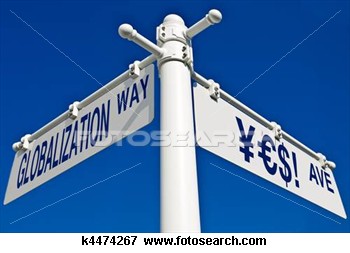
Technology- Organizational Change and Competitiveness
“Managing change is probably the single most important issue today; technological changes and increasing global competition caused by liberalization and globalization have placed greater demands on organizations to be flexible. responsive and efficient” (Garg & Jain, 2008). Consumers drive industry change. A corporation can no longer depend on geographic location to attract, and retain customers. A customer can access the global market in seconds. Quality of product, price, and quality of customer care sets the point of competition. To maintain a successful existence companies are required to make a better product, make it cheaper, and supply the consumer with a quality experience. Innovation and technology bravery is imperative to a company’s sustainability. If a competitor moves into the marketplace and can supply one’s customers with a better made, and inexpensive product the defining moment of customer loyalty may hinge on customer care or loyalty incentives. Companies need to stay on top of the technology bell curve, and provide the consumers with reasons to continue to purchase goods or services from that specific company. To stay current in today’s global market may take the form of aligning with other companies to form partnerships, merging companies, or product/service adaptation.
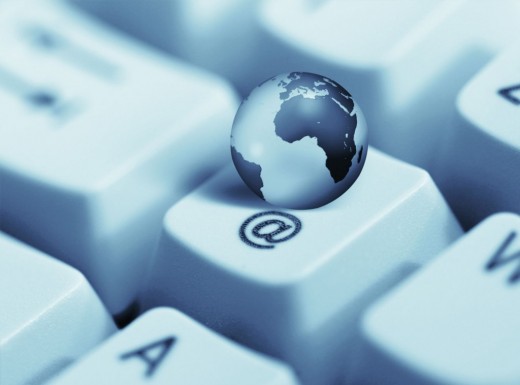
Human Resources Technology and Company Culture
“Managers and employees need adequate guidelines and technical support to translate business needs into computer solutions” (Regan & O’Connor, 2002). Technology has assisted with human resources management creating more efficient and productive environments. Computers are only as good as the people who use them. Correctly entering employee information accurately should be a top priority to the HR department. Nothing can affect morale faster than employees not compensated timely and receive information free of errors. The human resources department is often tasked with recruiting, interviewing, hiring, explaining compensation packages, assisting employees in filling out paperwork to fulfill state and federal guidelines. HR is also on the frontlines for employee communication with the explanation of adhering to company polices that will include ethical standards and guidelines. The written is forever, especially when it is posted or published online. Employees need to be aware that the definition of personal lives have changed with the advancements of technology. Technology can influence today’s HR department with applicant Internet searches that may disqualify a potential employee if material or imagery is found that would be conducive to the company culture the organization currently maintains. Employers are looking for applicants who can best fill the requirements of the vacancy, and can also promote the company vision through personality or presence.
As The Technological World Changes
“Computers and computer networks have helped organizations realize substantial gains in efficiency and effectiveness resulting in recent trends such as downsizing, empowerment, outsourcing, and constituency work forces” (Herschel & Andrews, 1997). The absence of technology safeguards through ethical standards, and guidelines, internal safety and security measures, and an ineffective work environment, or company culture; can endanger a company’s system, staff, and reputation. An ethical company can be identified easier by how many and what types of safeguards that a company employs. As the technological world changes, so do the needs and requirements of companies worldwide. Companies enjoy the positives of technology efficiency and ease while preparing for the negative aspects of technology that can affect customers, employees, corporate cultures, and ultimately be the factor that contributes to the success or the failure of a company.
References
Garg, R., & Jain, S.,(2008). Impact of Change Management on Competitiveness:
A Study of Small Scale Industry in Punjab. Global Journal of Flexible Systems Management
2008, Vol. 9, Nos. 2 & 3, pp 55-60. Retrieved May 21, 2012 from EBSCOhost:
Gray, R. (2011). Retrieved May 21, 2012
Herschel, R. & Andrews, P.(1997) The Journal of Business Communication, Vol. 34, 1997. Ethical Implications of Technological Advances on Business Communication. Retrieved May 21, 2012.
Morin, E.(2007). Organizational Philosophies and Technology. Retrieved May 21, 2012.
- Organizational Philosophies and Technology - Yahoo! Voices - voices.yahoo.com
Companies use technology to help set and manage ethical standards and guidelines.
- Making ethics come alive - United States Chamber of Commerce | Nation's Business | Find Art
Making ethics come alive - United States Chamber of Commerce from Nation's Business
- Ethical Implications Of Technological Advances On Business Communication - Research and Read Books,
Ethical implications of technological advances on business communication by Richard T. Herschel , Patricia Hayes Andrews Computers and computer networks have helped organizations realize substantial gains in efficiency and effectiveness resulting in
- Making ethics come alive - United States Chamber of Commerce | Nation's Business | Find Art
Making ethics come alive - United States Chamber of Commerce from Nation's Business
- Ethical Implications Of Technological Advances On Business Communication - Research and Read Books,
Ethical implications of technological advances on business communication by Richard T. Herschel , Patricia Hayes Andrews Computers and computer networks have helped organizations realize substantial gains in efficiency and effectiveness resulting in
- Organizational Philosophies and Technology - Yahoo! Voices - voices.yahoo.com
Companies use technology to help set and manage ethical standards and guidelines.







